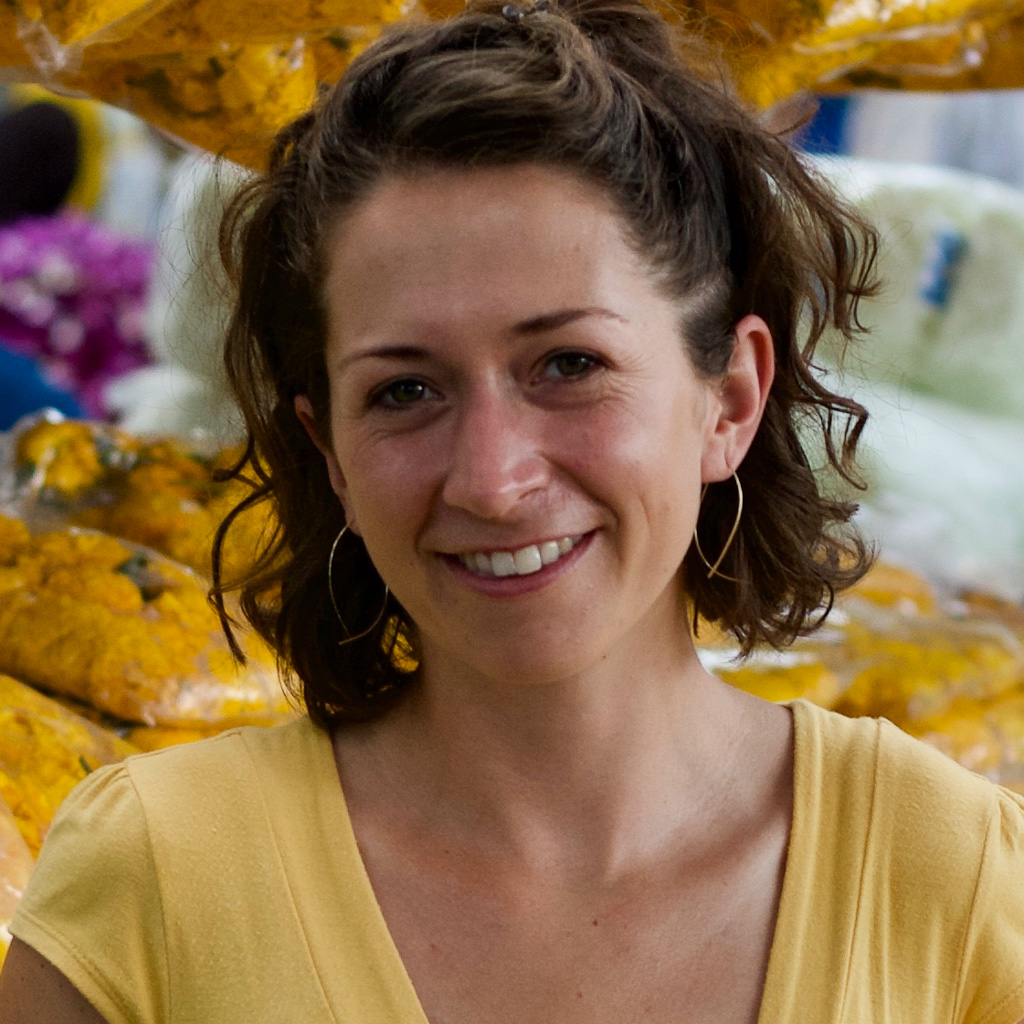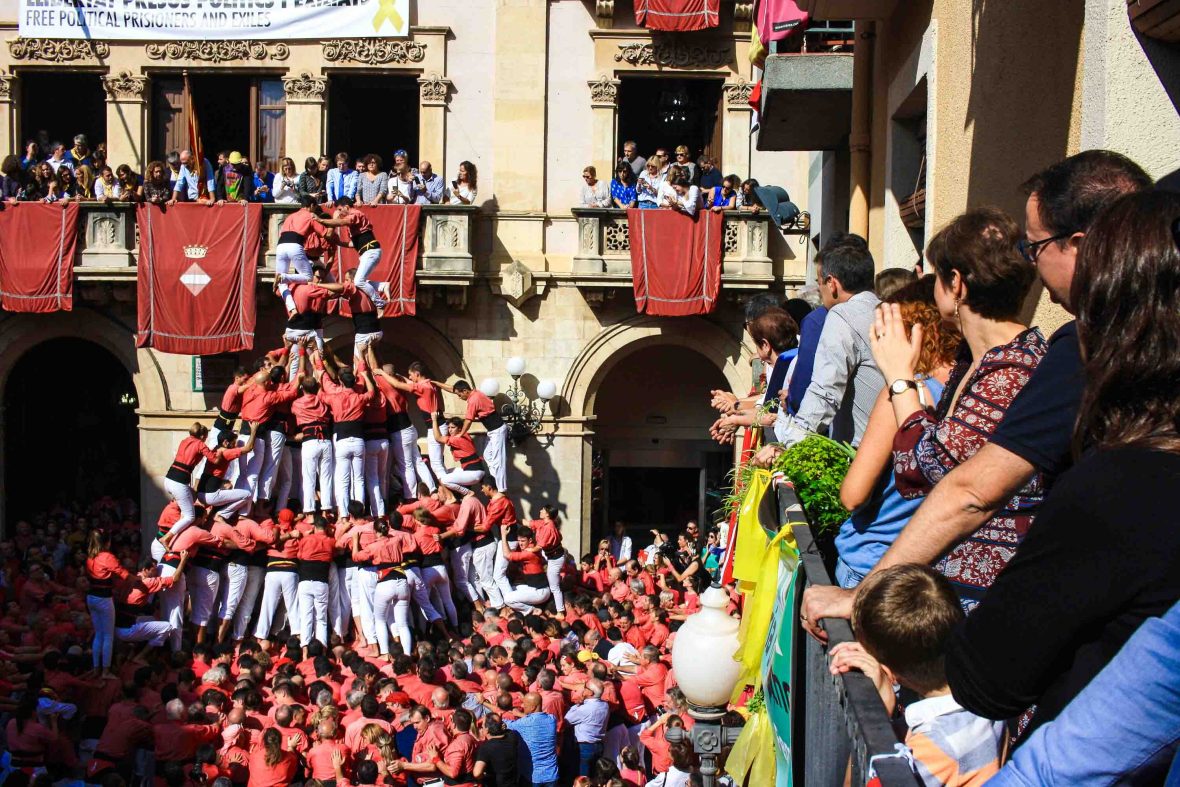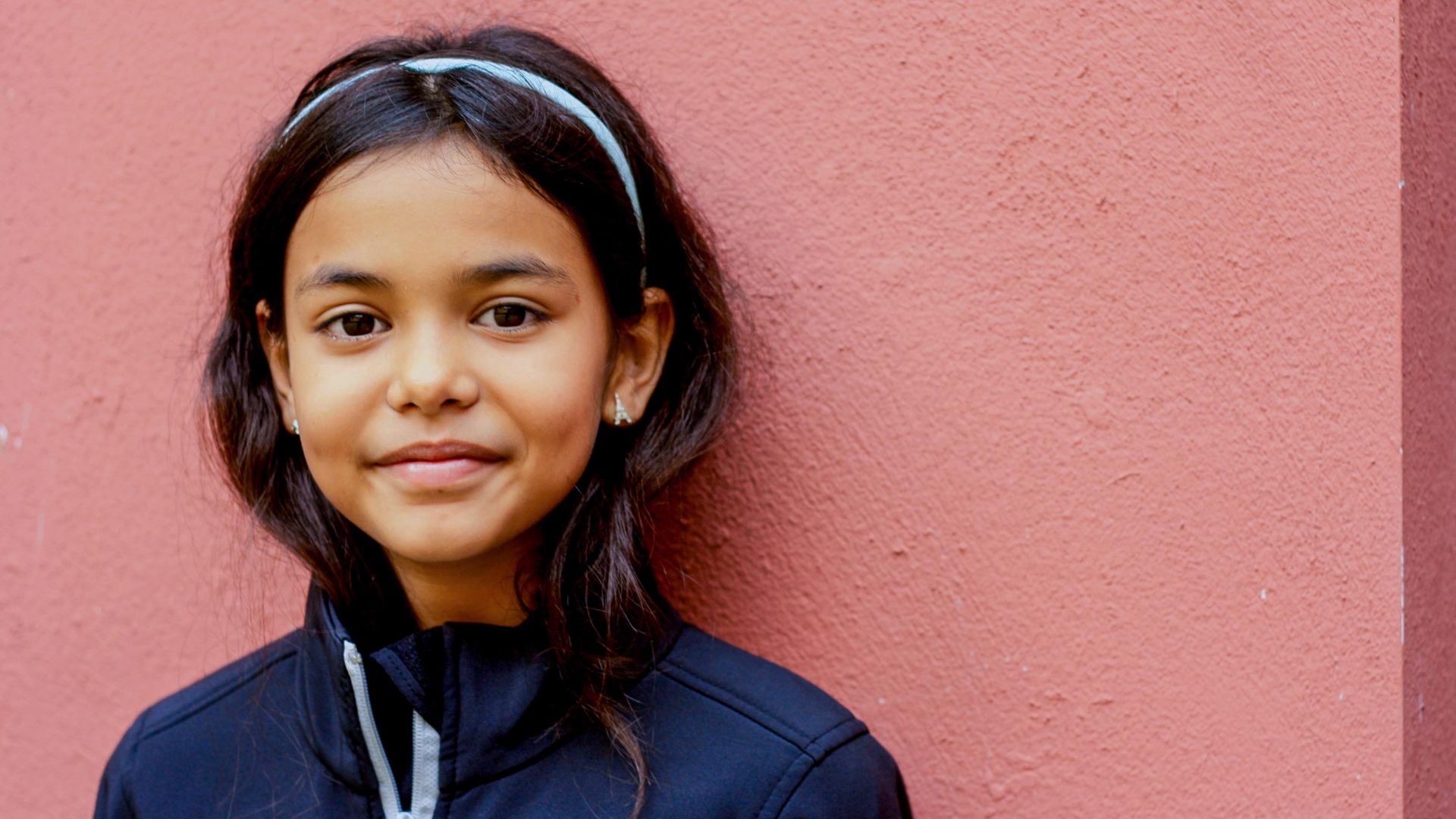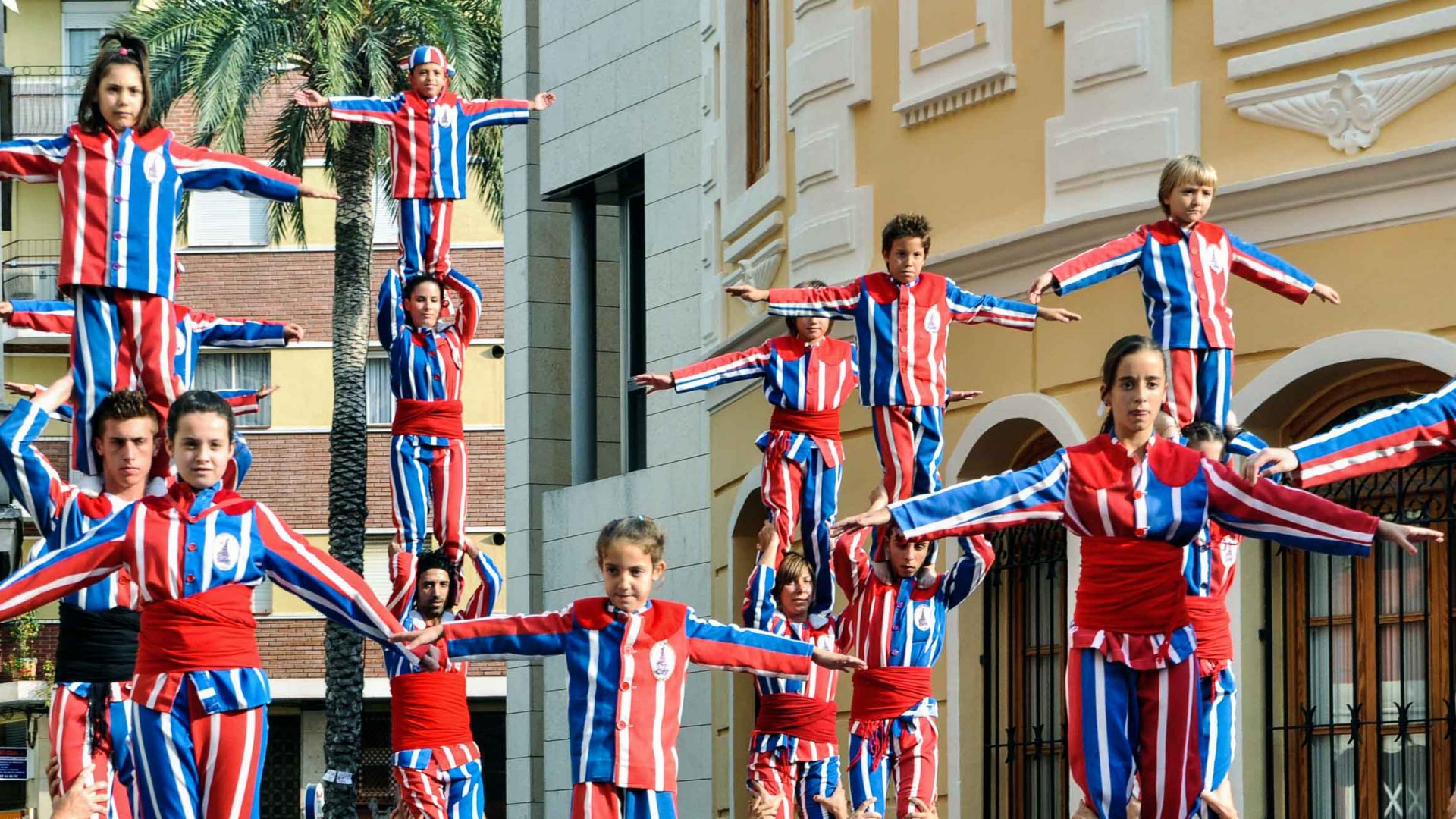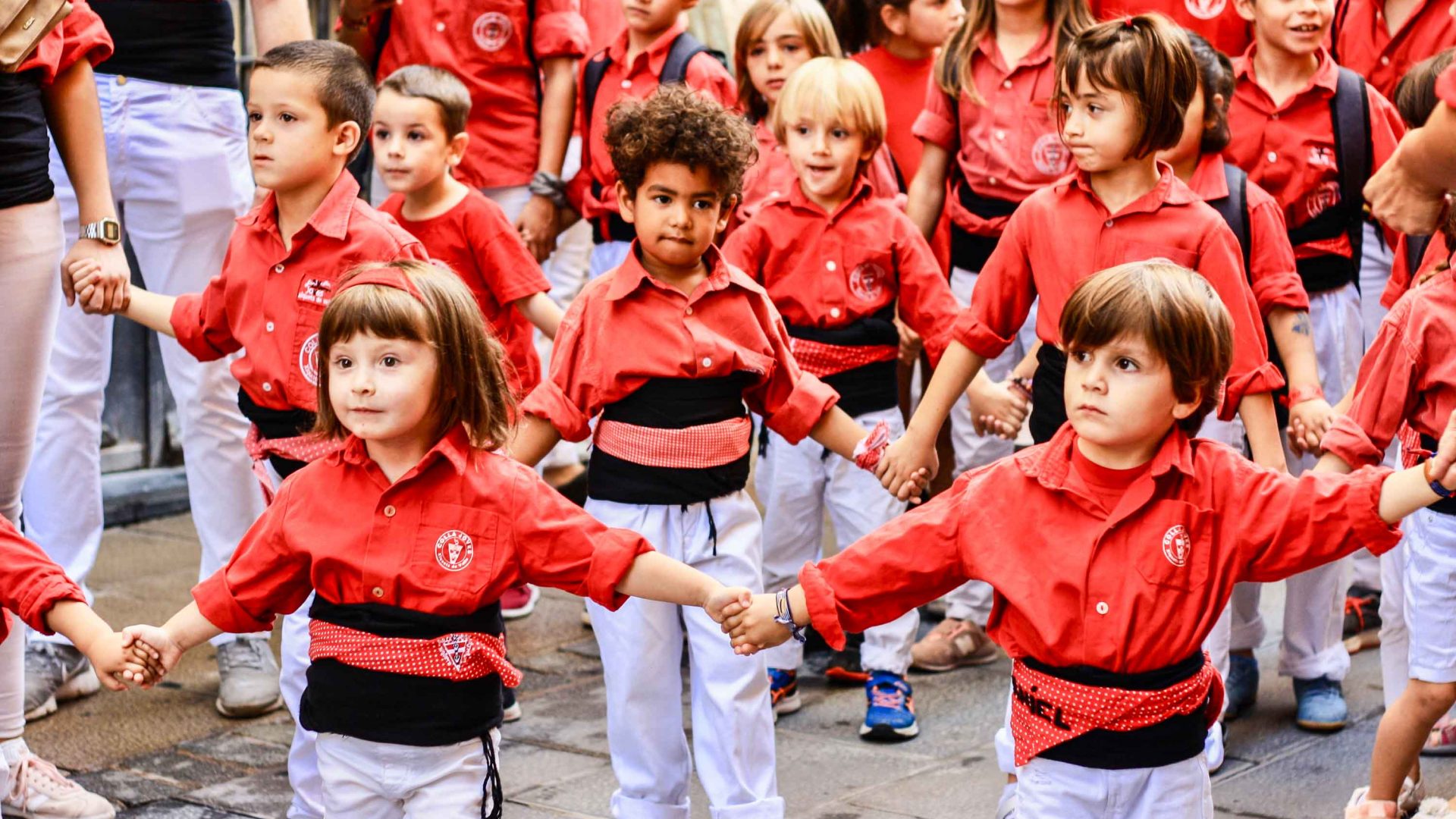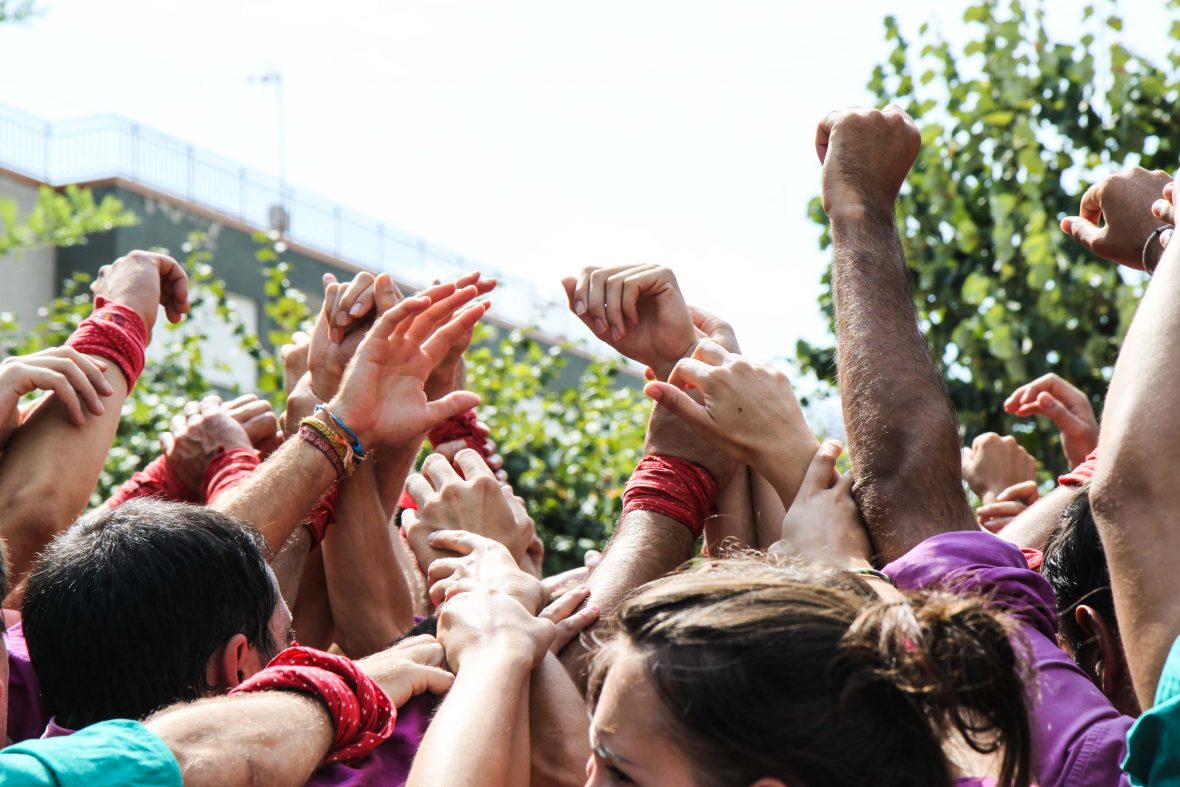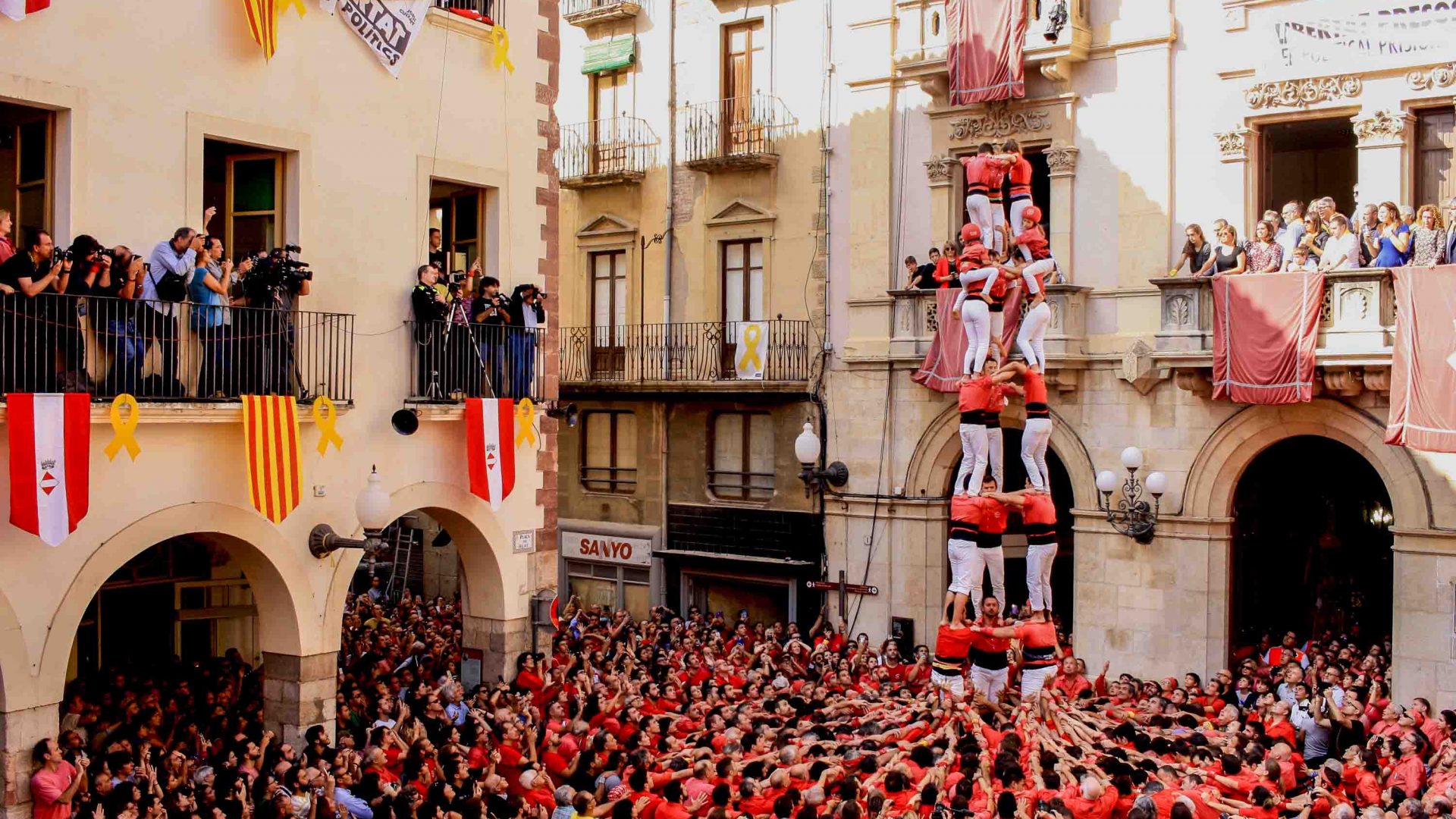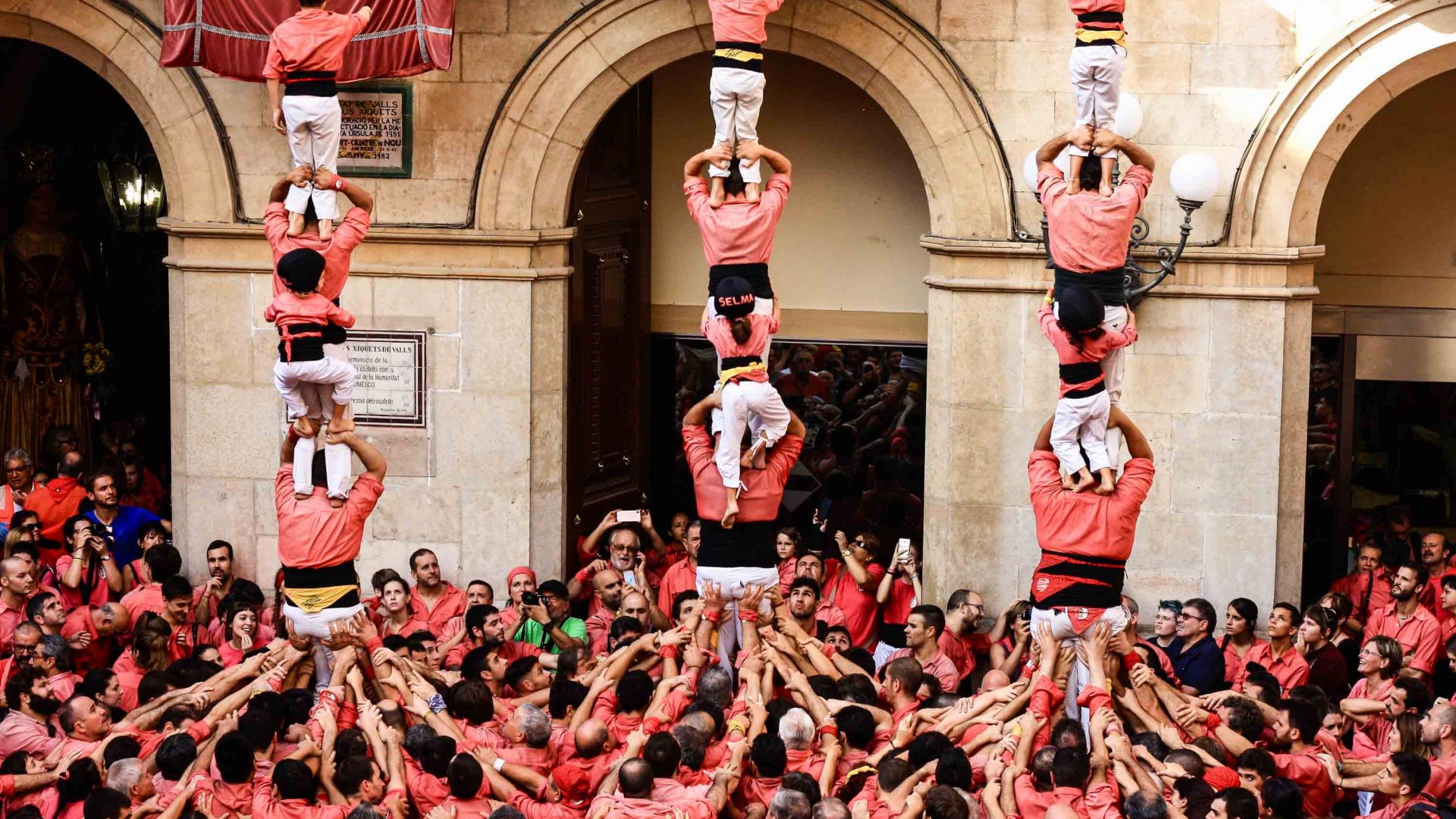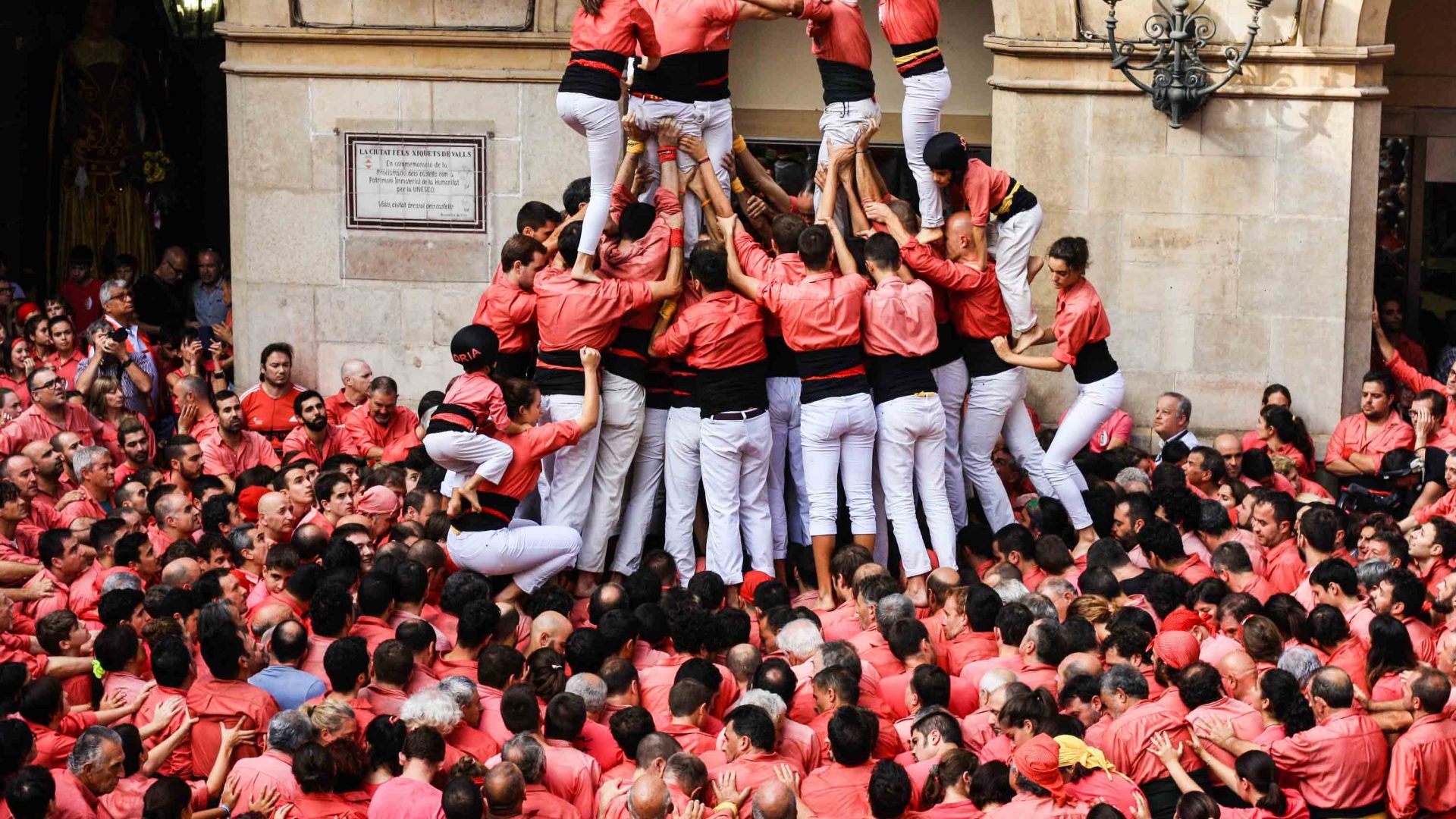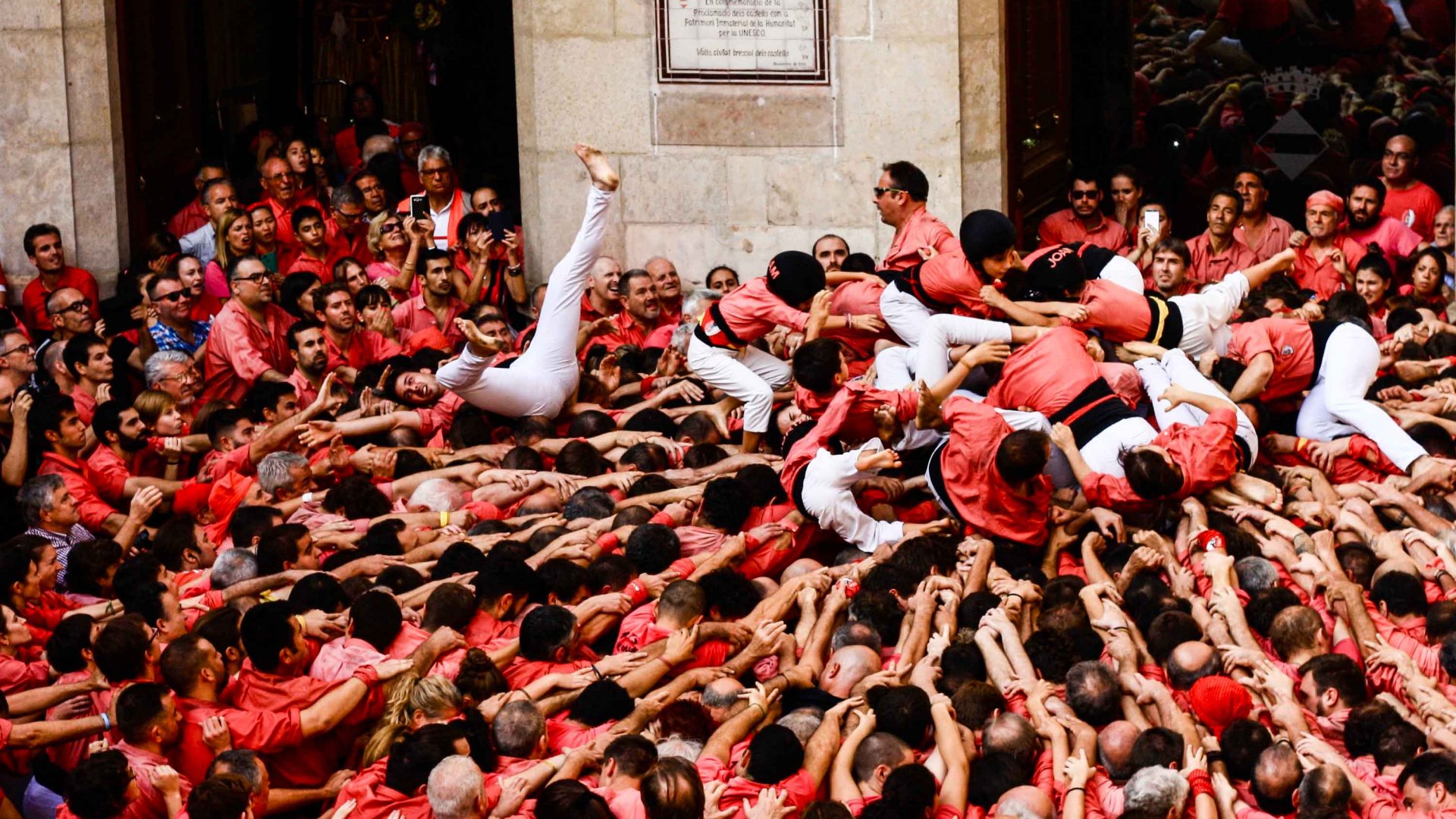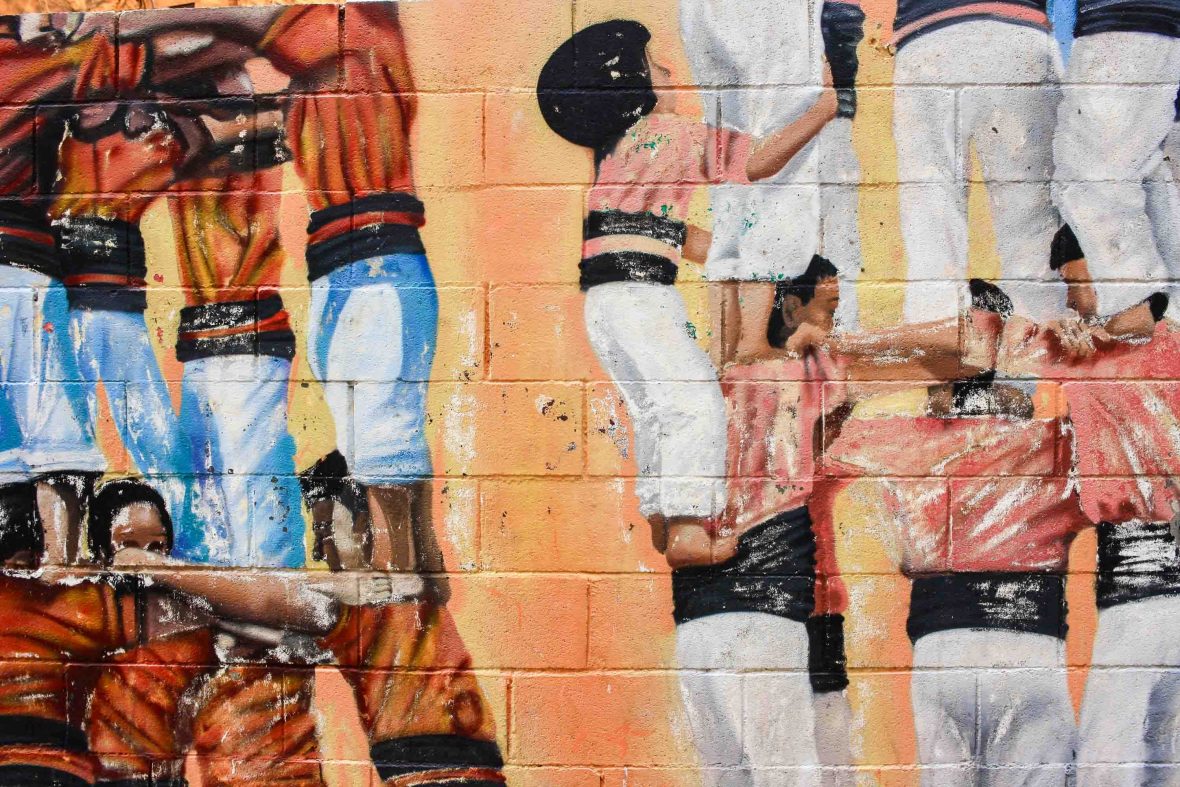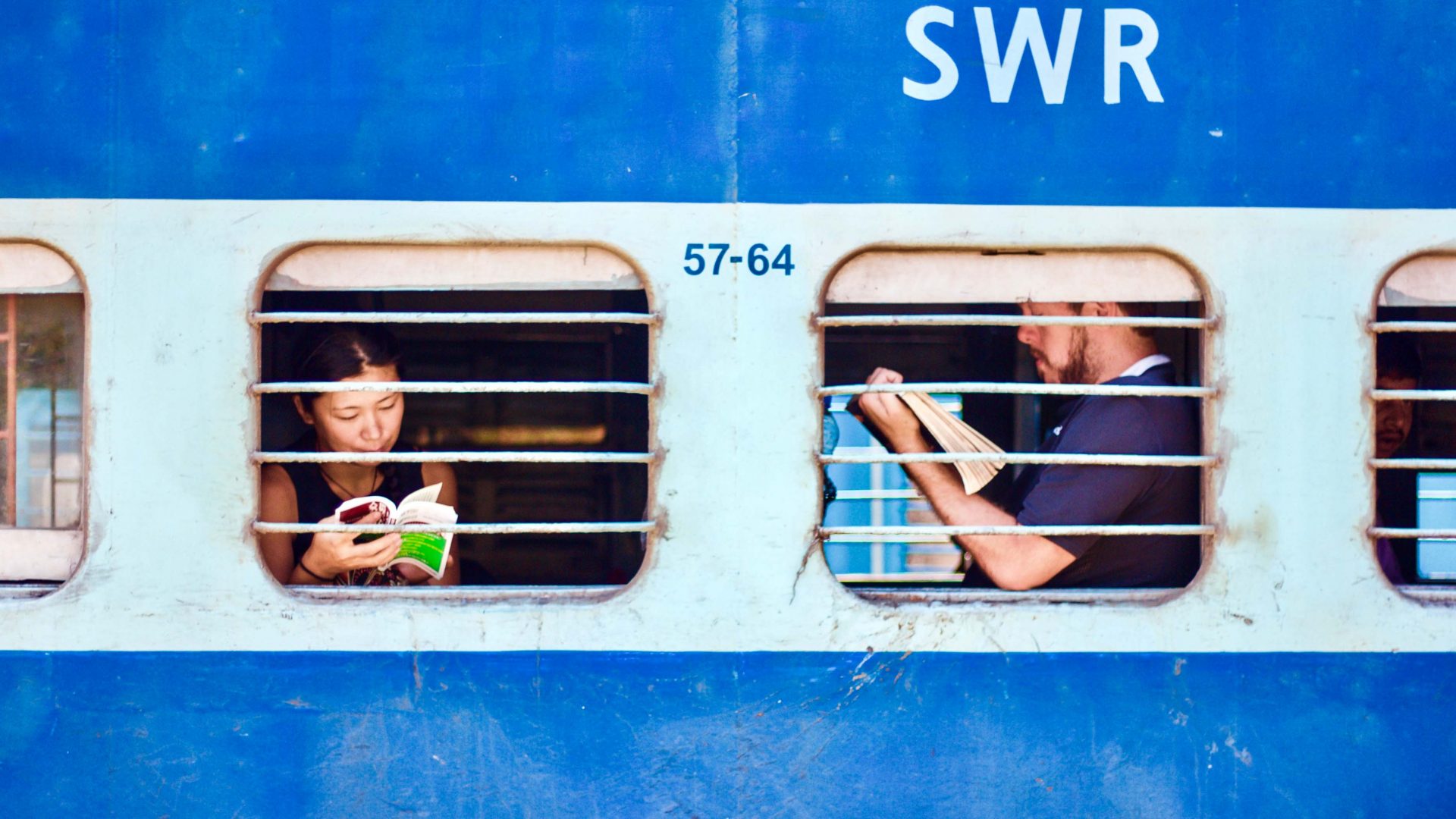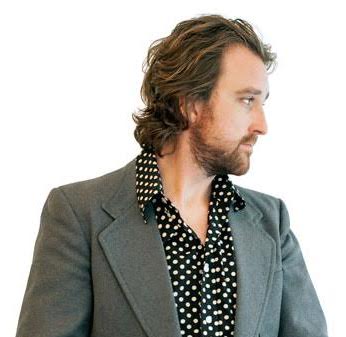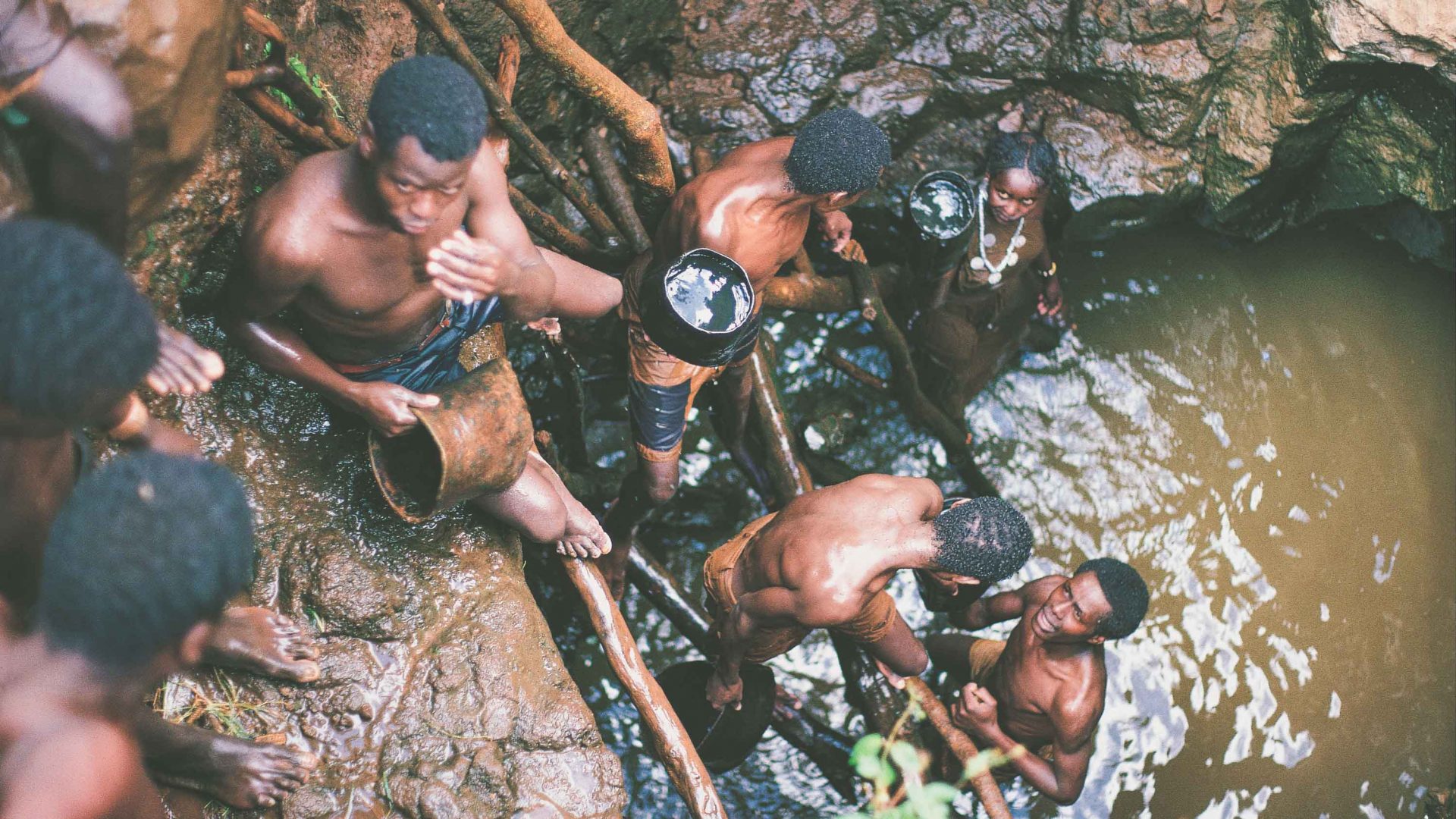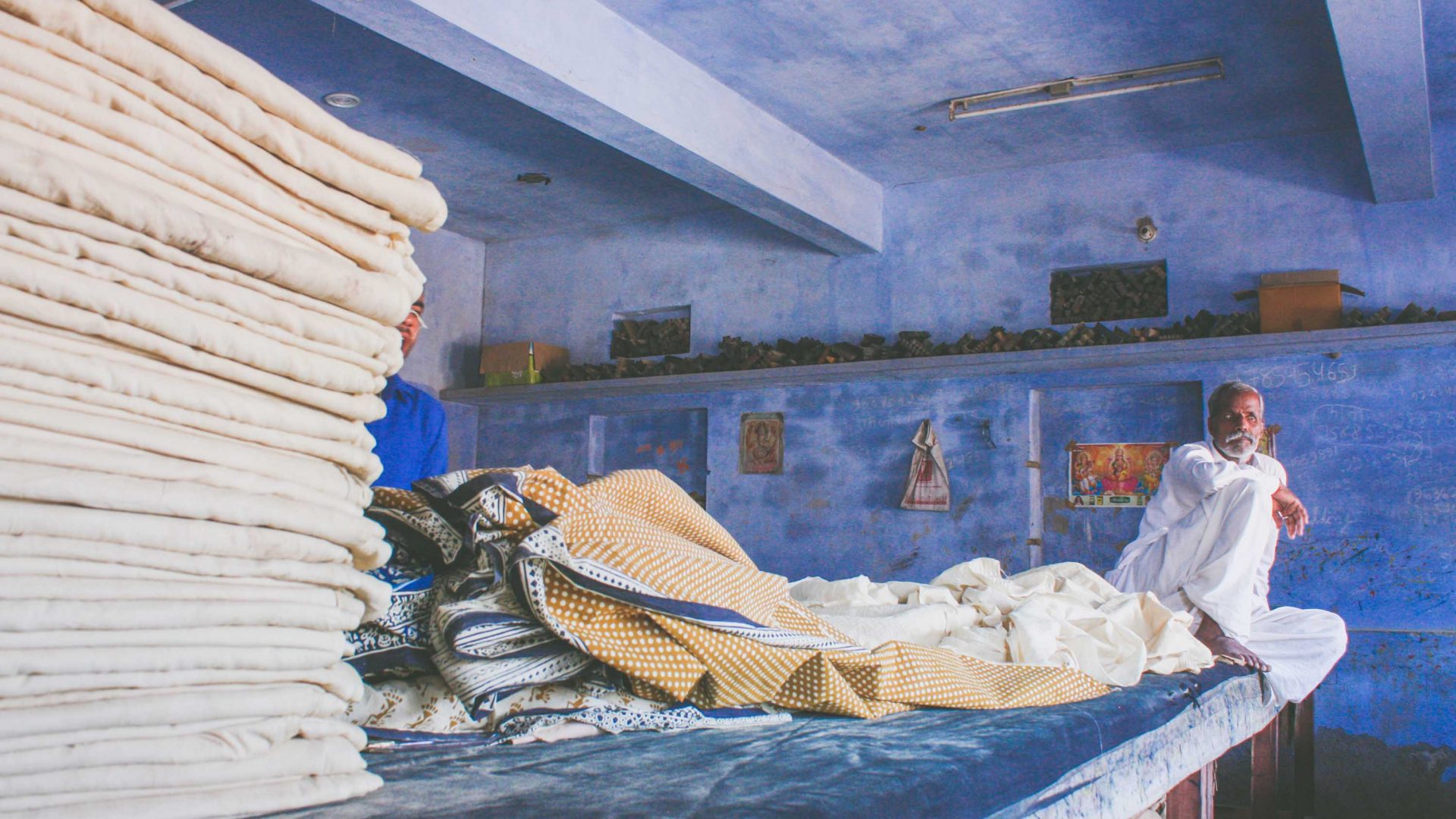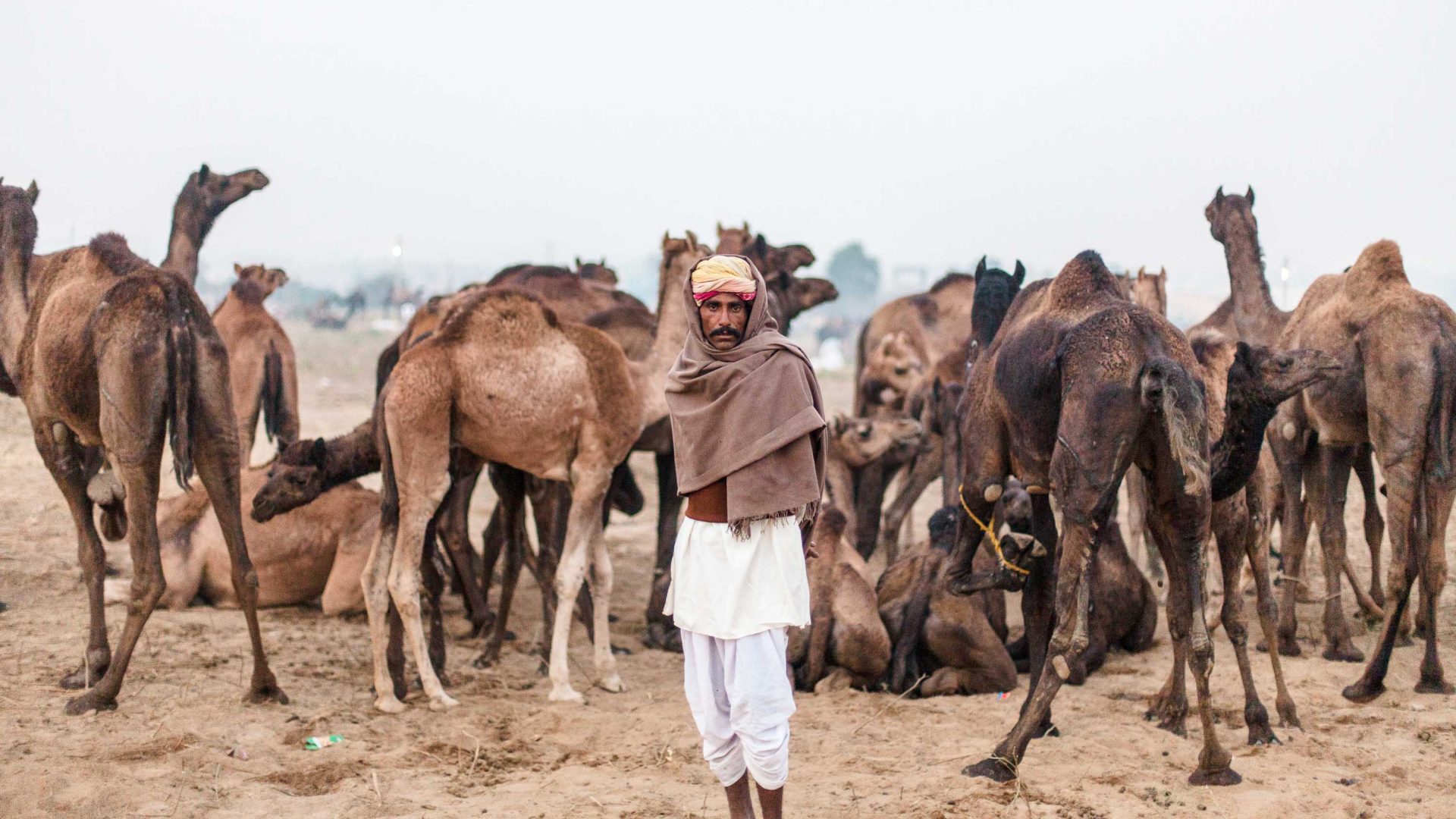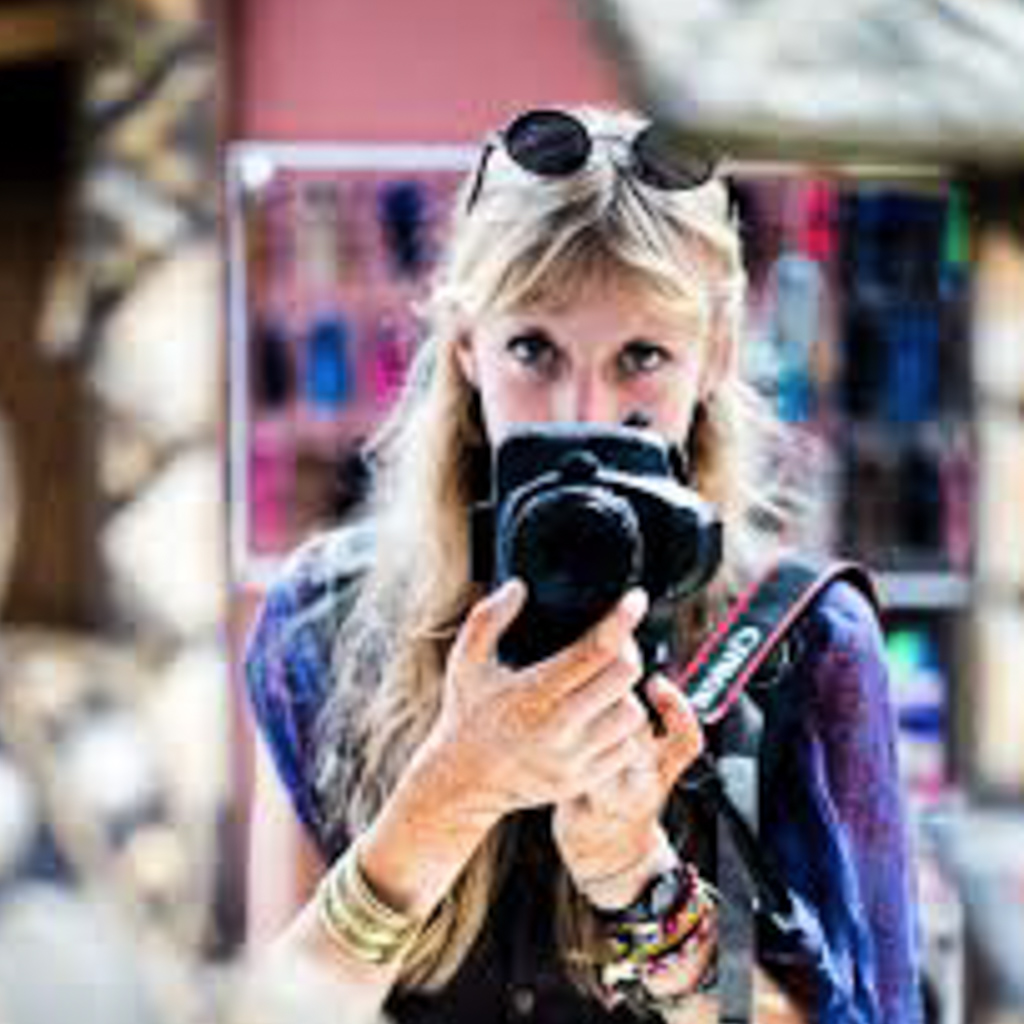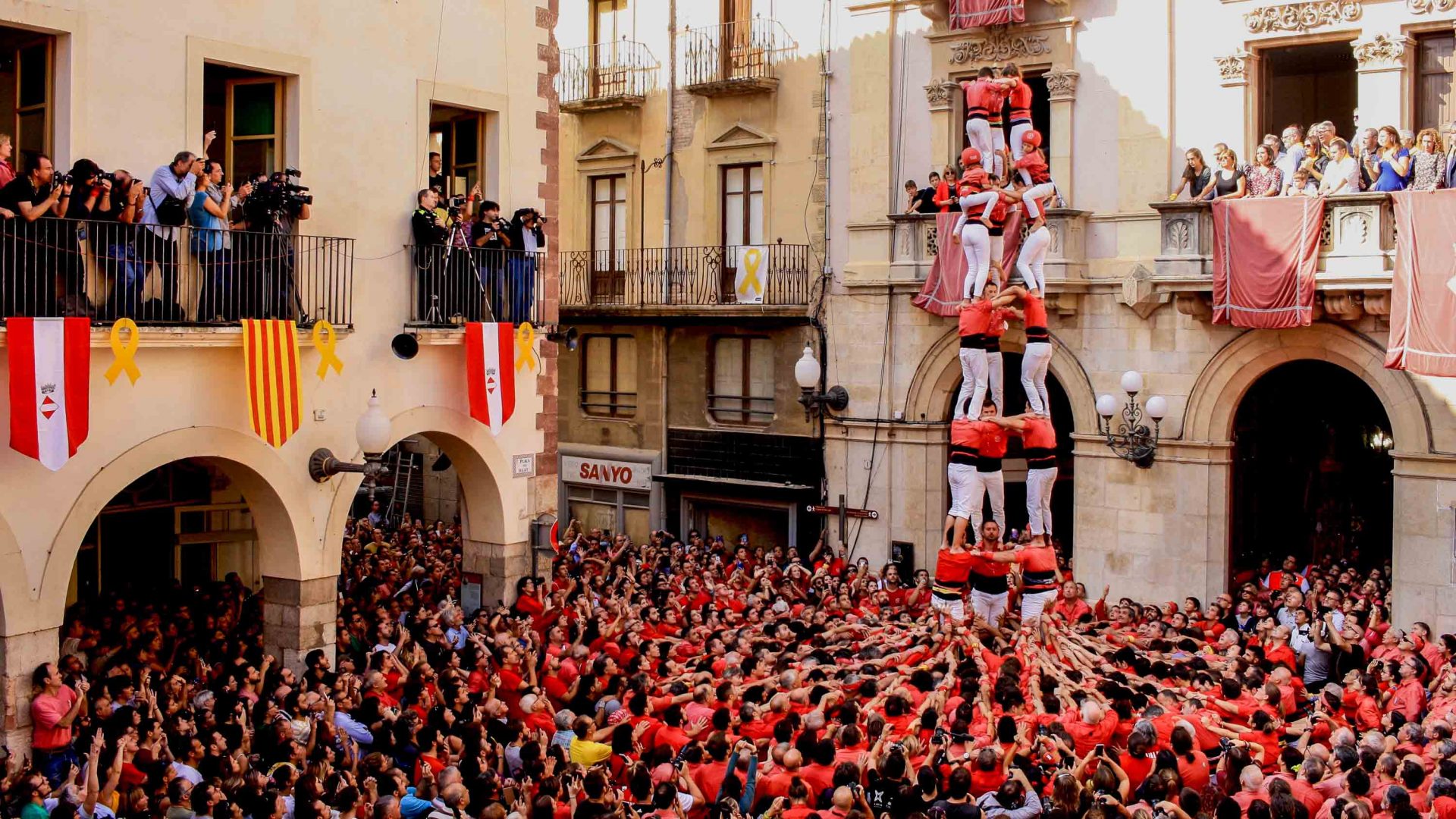
Equal parts flesh and architecture, the castellers’ craft is a kind of human carpentry, in which lean-limbed children play an essential role. Jen Rose Smith gets to the heart of this very proud, and very Catalonian tradition.
By noon on Saint Ursula day, October 21st, the tiny Catalan city of Valls has mostly shaken off the hangover from last night’s Spanish lager, though the streets still smell of acrid smoke and firecrackers.
Tilting cobbles in the square are packed with supporters of the local casteller teams (‘castell’ is the Catalan word for ‘castle’), who build human towers that sometimes reach 10 levels high. This quiet city claims the origins of human tower-building in Catalonia, and even as the tradition has spread far beyond the region, it remains especially resonant here.
Like the Catalan language and other cultural practices, castells were suppressed under the long, authoritarian rule of Francisco Franco, then surged back into public life as the country built a democracy. Now, they’ve become a powerful symbol of Catalan heritage.
